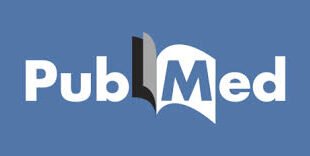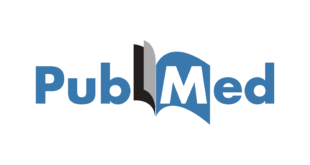Objective: This study was aimed at comparing the clinical efficacy of acupuncture and moxibustion on irritable bowel syndrome complicated with diarrhoea in adults and providing guidance for clinical treatment. Methods: PubMed, The Cochrane Library, Embase, CBM, CNKI, and VIP and Wanfang databases were searched to obtain clinical randomized controlled trials (RCTs) on …
Read More »Acupuncture and moxibustion is effective for allergic rhinitis
Objective: To explore the effect of medicine-separated moxibustion combined with mind-regulating acupuncture on the efficacy and quality of life of patients with allergic rhinitis. Methods: Sixty patients with allergic rhinitis cured from February 2019 to April 2021 were enrolled in our hospital. The patients were arbitrarily assigned into control and study groups. …
Read More »Traditional Chinese medicine (TCM) reduces ectopic pregnancies and improves fertility in post cesarean women
We aimed to report the clinical characteristics of cesarean scar pregnancy, improve the understanding of uterine scar pregnancy, and assess the outcomes of our treatment strategy for cesarean scar pregnancy. We present 30 patients with cesarean scar pregnancy diagnosed by transvaginal ultrasonography. Patients received B ultrasound-guided lauromacrogol injection, followed by …
Read More »Acupuncture and moxibustion relieve post-stroke shoulder pain
Background: In China, 45% of stroke patients suffer from poststroke shoulder pain, which brings about many obstacles to further rehabilitation. To date, there have been a few studies evaluating the effects of acupuncture or massage in treating poststroke shoulder pain, and good effects have been shown. However, better clinical treatments are …
Read More »Moxibustion can improve vertigo
Objective: The aim of this study is to investigate the efficacy of moxibustion combined with an ear acupoint pressing bean in the treatment of patients with phlegm stasis syndrome vertigo. Methods: 60 patients with vertigo identified as phlegm stasis syndrome who were hospitalized in our department from May 2020 to May 2021 …
Read More »Moxibustion relieves heart disease
Moxibustion is a traditional Chinese medicine preparation, which has been clinically used to treat cardiac diseases in recent years. The present study aimed to examine the protective effects and possible mechanisms of moxibustion on doxorubicin-induced chronic heart failure in rats. The animals were divided into five groups, including the Control …
Read More »Acupuncture and moxibustion relieves dysmenorrhoea
Acupuncture and moxibustion have been accepted as add-on options for primary dysmenorrhea; however, the clinical evidence is still inadequate. We searched AMED, CENTRAL, EMBASE, PubMed, Web of Science, CBM, CNKI, VIP, Wangfang database, ANZCTR, ClinicalTrials.gov, and the WHO ICTRP, from their inception to February 2021. The pooled analysis of 13 …
Read More »Acupuncture with moxibustion and ginger improves chronic fatigue syndrome
Objective: To assess the efficacy and safety of ginger-indirect moxibustion for chronic fatigue syndrome. Methods: In this central randomized, controlled trial, 290 chronic fatigue syndrome participants were recruited and randomly allocated to group A (ginger-indirect moxibustion plus acupuncture) or group B (acupuncture alone). The study consisted of a treatment period of 8 …
Read More »Chinese medicine therapy on Shenque (CV 8) beats western medicine for primary dysmenorrhoea
Background: Primary dysmenorrhoea is the most common complaint associated with menstruation and affects up to three-quarters of women at some stage of their reproductive life. In Chinese medicine, navel therapy, treatment provided at Shenque (CV 8), is used as a treatment option for primary dysmenorrhoea. Objective: To evaluate the effect of navel …
Read More »Moxibustion improves learning and memory
Objectives: To study whether moxibustion can improve the learning and memory ability of APP/PS1 mice by reducing the pathological products Aβ and Tau protein via decreasing N6-methyladenosine (m6A). Methods: APP/PS1 mice were randomly divided into model group (APP/PS1) and moxibustion group (APP/PS1+Mox). C57BL/6J mice were used as a control group (Control). Learning and …
Read More » Acupuncture Times Read the latest acupuncture research articles about acupuncture, Chinese herbal medicine, cupping therapy and moxibustion.
Acupuncture Times Read the latest acupuncture research articles about acupuncture, Chinese herbal medicine, cupping therapy and moxibustion.

